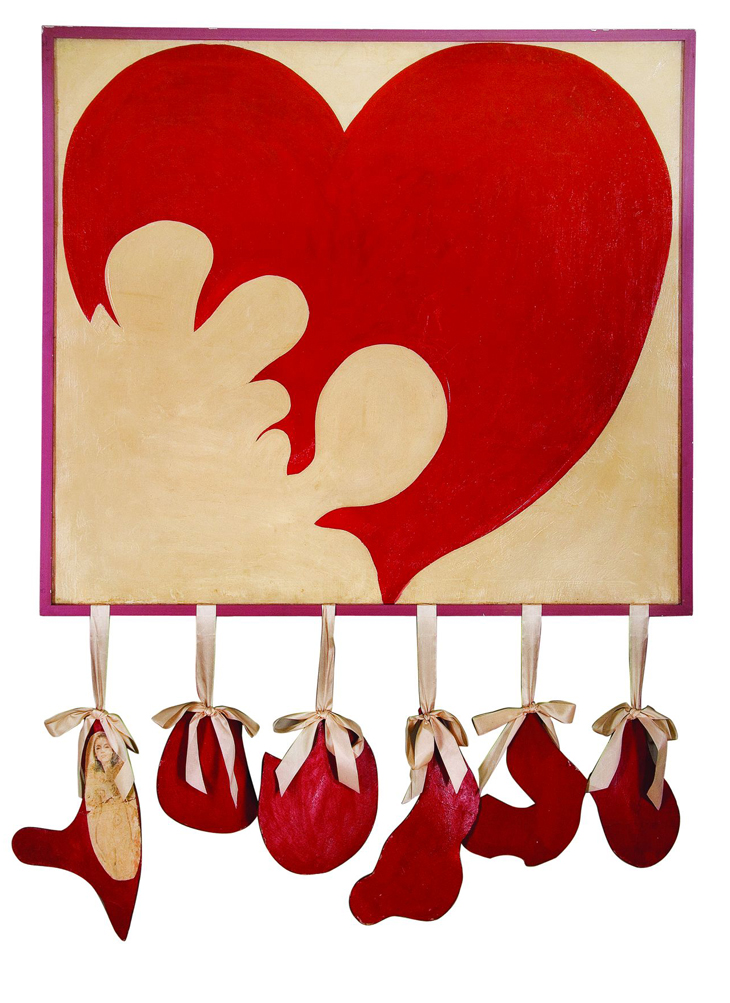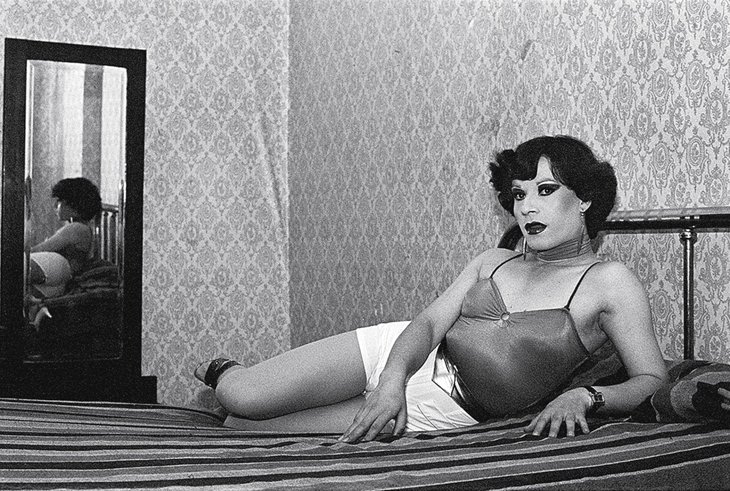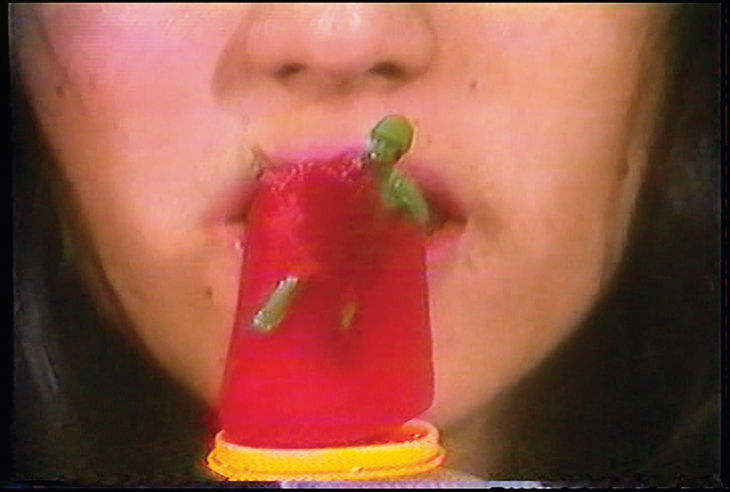Throughout the turbulent decades of the 1960s to ’80s in Latin America, women’s artistic practices heralded a new era of experimentation and social revolution. The Brooklyn Museum’s ‘Radical Women: Latin American Art, 1960–1985’ (previously at the Hammer Museum in Los Angeles) assembles more than 120 of these underrepresented Latin American, Latina and Chicana artists, spanning 15 countries including the US, who worked variously in painting, photography, video, performance and conceptual art. As an urgent endeavour to rectify sexual, economic, and geographic imbalances, ‘Radical Women’ also serves to realign institutional asymmetries of power. This is the radicalism foregrounded in the exhibition’s title: an invitation to ask who has a presence on our global cultural stage, and who still remains subjugated and invisible?
Corazón destrozado (Destroyed heart) (1964), Delia Cancela. Collection of Mauro Herlitzka. © Delia Cancela

Framing the exhibition is the overarching theme of the politicised body. This far-reaching and flexible structure provides space for individually subversive positions and broader national movements without relying on strict chronological or geographic models. Setting the tone, the first work we encounter is the powerful rallying cry of the video Me gritaron negra (They shouted black at me) (1978) by Afro-Peruvian artist and choreographer Victoria Santa Cruz. The ensemble of performers reciting Santa Cruz’s titular poem clap and stomp alongside the artist, who recounts her childhood memories of racial abuse and journey towards self-acceptance and love.
In the same gallery, the Brazilian Lenora de Barros’s video Homenagem a George Segal (Homage to George Segal) of 1984 performs a witty repartee to Santa Cruz’s loud vocal resistance. The frothy white toothpaste consuming de Barros’s face heartily ingests the American Pop style of Segal’s signature cast plaster figures from the 1960s. Nearby, this critical dialogue with Pop is expanded in the domestic scenes of cropped women ‘entangled’ among household wares in Wanda Pimentel’s Envolvimento (Entanglement) paintings (all 1968) and Marisol’s seven-headed wooden Self-Portrait (1961–62).
Evelyn (1982), Paz Errázuriz, from the series La manzana de Adán (Adam’s Apple) (1982–90). Courtesy of the artist and Galeria AFA, Santiago

While ‘Radical Women’ examines individual artists and collectives whose production intersected with feminist activism and leftist women’s movements in the US, demonstrated for example in the contributions of Mexican artists Mónica Meyer, Maris Bustamente, and Ana Victoria Jiménez, the exhibition also argues resolutely for Latin America’s specific racial, political and class-based agendas. Photography functions to expose those most disenfranchised by power structures, as in Paz Errázuriz’s intimate close-ups of cross-dressing male prostitutes living in brothels in Chile during Pinochet’s brutal dictatorship, or Sandra Eleta’s portraits of domestic workers in Panama such as Edita, the seated maid proudly brandishing a feather duster.
Indeed, throughout the exhibition, those artists creatively resisting fear and violence assume centre-stage. Take Carmela Gross’s Presunto (Ham) of 1968, a large canvas sack filled with wood mulch. The title of the work – ‘presunto’ is slang for ‘corpse’ in Brazil – transforms the abstract sculpture into a deadpan representation of the many Brazilians murdered during the country’s early years of dictatorship. Or Chilean artist Gloria Camiruaga’s video of young girls rhythmically licking popsicles embedded with toy soldiers while reciting the Hail Mary prayer, a surreal commentary on lost innocence and spirituality under a military state. Equally prominent are videos and documented performances by women who sought to rupture the physical and psychological limits of the female body, in works by Marta Minujín (Argentina), Letícia Parente (Brazil), Sylvia Palacios Whitman (Chile), and Margarita Azurdia (Guatemala), to name only a few.
Popsicles (1982–84), Gloria Camiruaga. Museo de Arte Contemporáneo (MAC), Facultad de Artes Universidad de Chile. © Gloria Camiruaga

The accumulation of historical archives and artist biographies is another profound achievement of this exhibition, a project over seven years in the making, all laid out the extensive catalogue. This archival emphasis carries over surprisingly well in the show’s equally dense installation, which incorporates numerous valuable political timelines. Yet perhaps the most remarkable outcome from this ambitious show is the visibility of artists convening at the openings, first at the Hammer Museum in Los Angeles, where the exhibition originated, and subsequently at the Brooklyn Museum. As much as ‘Radical Women’ uncovers sobering narratives, it also envisions an emancipatory space of female agency replete with diligent scholarship, intrepid collections and vigorous exhibitions.
Edita (la del plumero), Panamá (Edita [the one with the feather duster], Panama) (1977), from the series La servidumbre (Servitude), 1978–79. Courtesy of Galería Arteconsult S.A., Panama; © Sandra Eleta
![Edita (la del plumero), Panamá (Edita [the one with the feather duster], Panama) (1977), from the series 'La servidumbre' (Servitude), 1978–79.](http://new-dev.apollo-magazine.com/wp-content/uploads/2018/04/WEBEL160.204_SandeaEleta.jpg?resize=730%2C723)
‘Radical Women: Latin American Art, 1960–1985’ is at the Brooklyn Museum, New York, until 22 July.



